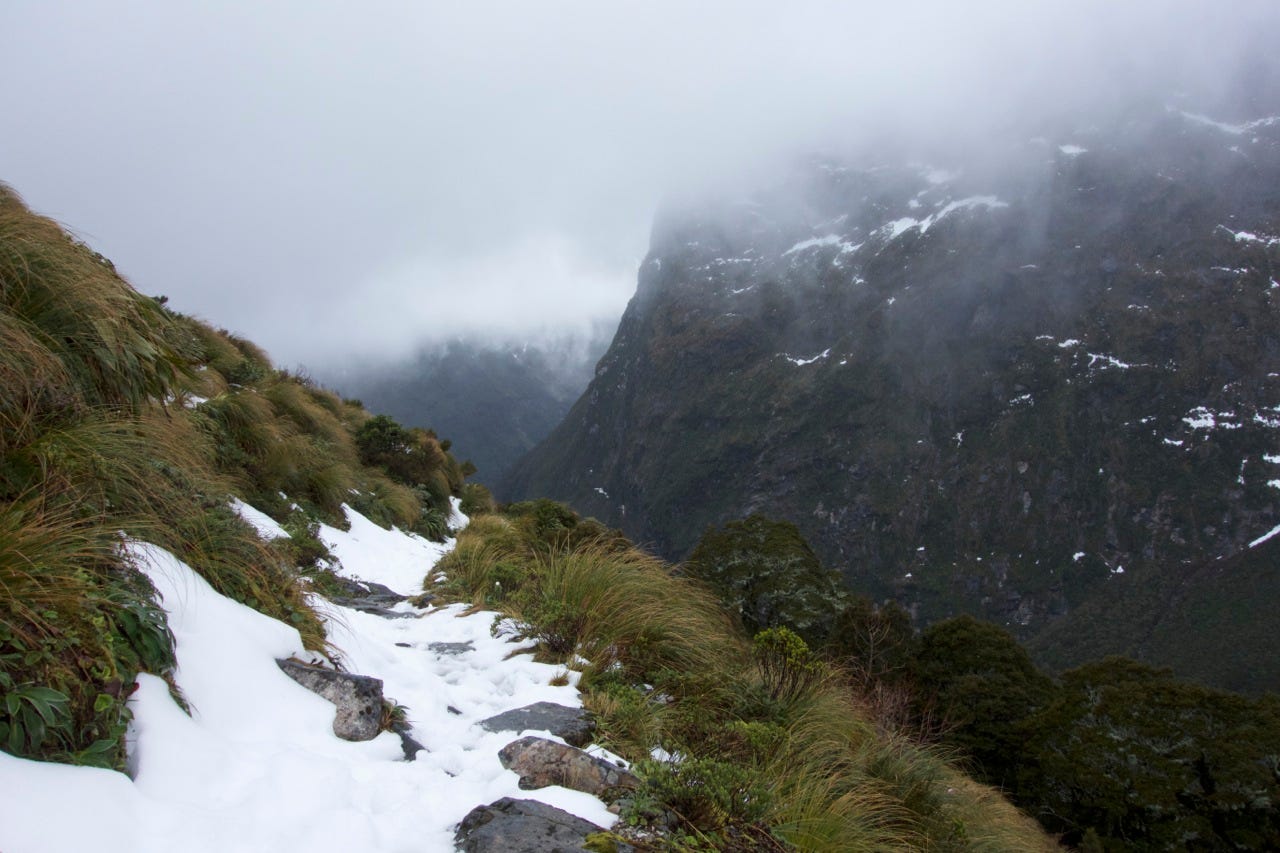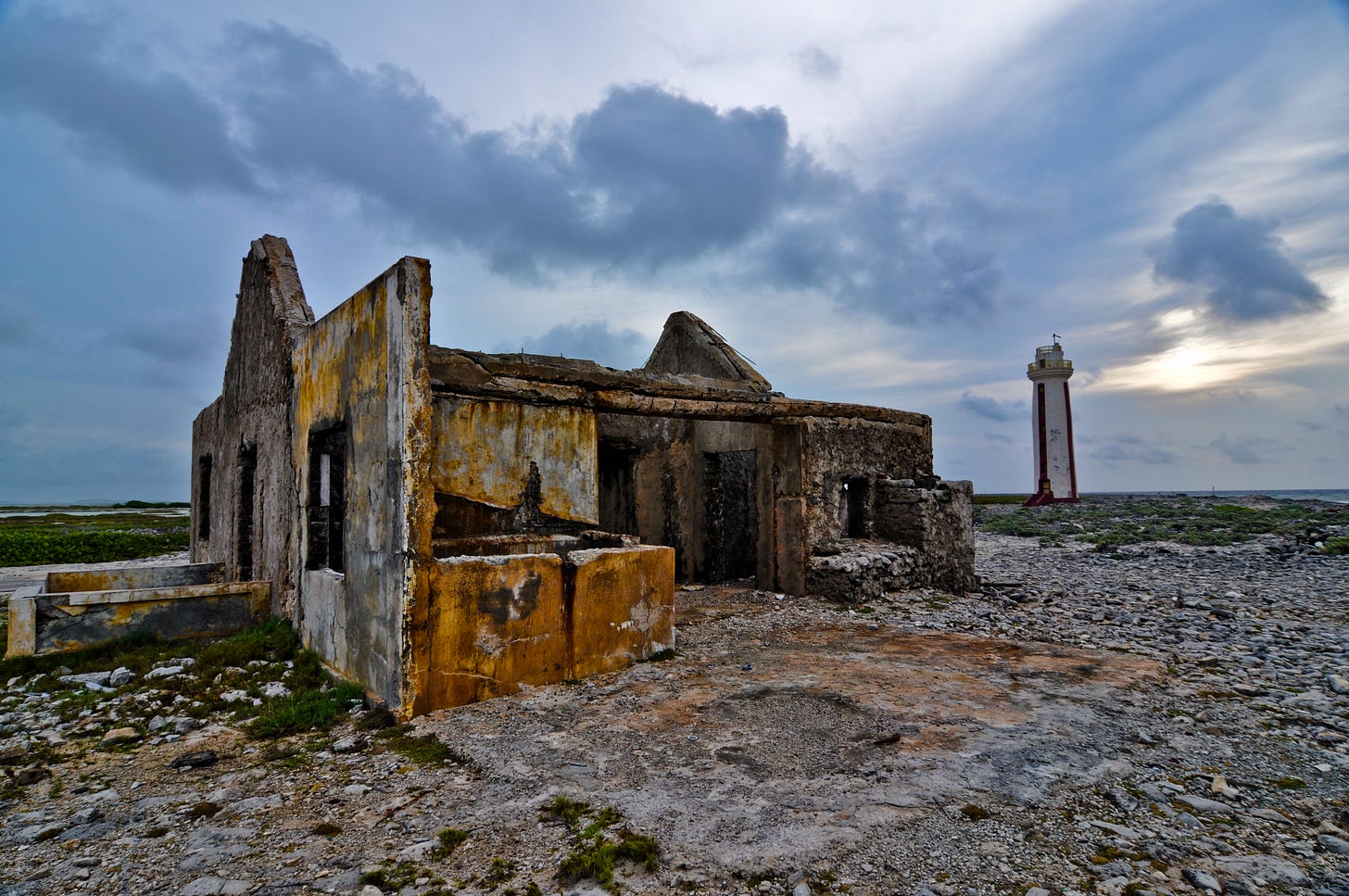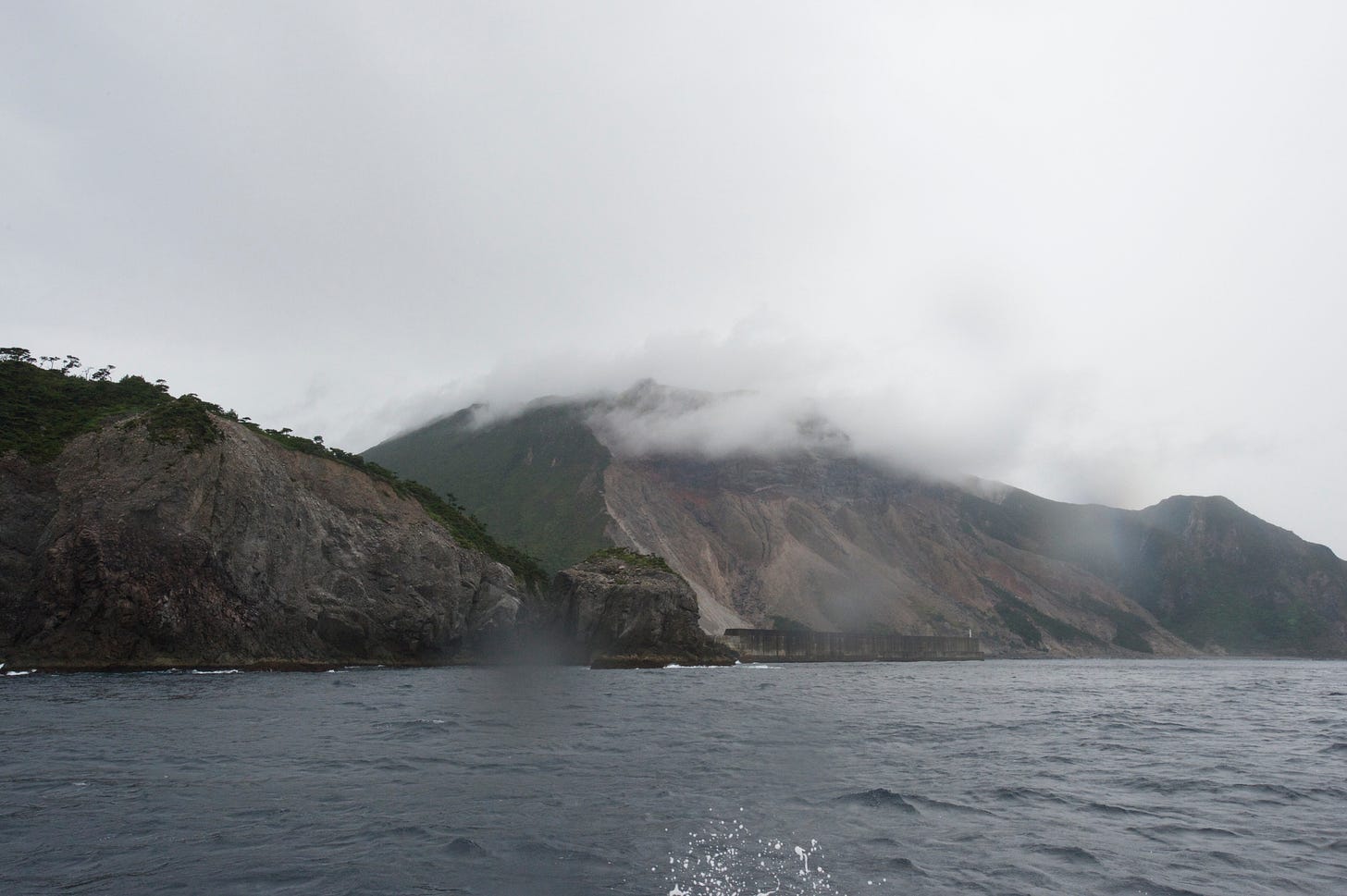The Gunflint Trail is a two-lane asphalt ribbon that runs due north out of the tiny town of Grand Marais, Minnesota. As its name suggests, it wasn’t always paved. My late grandfather recalled working there in the timber industry when it was still a rough dirt track only traveled by loggers, hunters, and intrepid explorers. While nowadays you’re apt to see RVs, sports cars, and the occasional bicycle on it, it remains a 66-mile dead end road, like (to paraphrase Captain Willard in Apocalypse Now) a main circuit cable plugged straight into the Boundary Waters Canoe Area Wilderness. The further north you get, the traffic thins out, the cell phone coverage goes away, and the odds of spotting moose or a timber wolf increase. On both sides of the road you spot glimpses of pristine lakes surrounded by thousands of acres of forest, peppered with the occasional lodge or private cabin. At its end is a cul-de-sac campground, the massive Saganaga Lake and, beyond, the immensity of the Canadian wilderness. It takes a full day to get there from Minneapolis. The interstate becomes a highway once you reach the north shore of Lake Superior, then civilization diminishes gradually the closer you get to the end. On arrival, you feel like you’ve made a real journey. The Gunflint Trail is one of my favorite places in the world.
When I consider a lifetime of travel and look at my list of places to which I regularly return, or hope to return, I see a definite preference. While some people like to visit cities with a vibrant nightlife, lively café scene, shopping, and museums, I prefer the opposite. My wanderlust runs to the remote, the sparsely populated, the wild, the islands and the proverbial end of the road. Skip Paris for the Alps, London for the wilds of Wales, New York City for the Catskills. When we were planning our Scotland trip, people offered advice—“you must visit Edinburgh, Dundee, Inverness,” they’d say. No thanks, I’d politely reply. After a couple of enjoyable days in Glasgow, we couldn’t wait to aim the Land Rover north and head for the Highlands. The further away the better, and Scotland was made for people like me, all lochs and glens, munros and islands.
Getting away from civilization doesn’t necessarily mean getting away from people. I also have a fondness for so-called frontier towns, those small places far from the big urban centers, that tend to be jumping off points for the wilds. I have fond memories of basing myself in Te Anau, a small town at the edge of Fiordland on the South Island of New Zealand. I was there for a couple of days before hiking the Milford Track, and then again for a breather before diving and kayaking in the Sound. There was a whisky distillery there, a few shops, a lovely alpine lake, and a movie theatre-cum-pub as well as lots of mud spattered Land Cruisers, polarfleece, and hiking boots. A good place to stock up for a trek, gather intel on landslide dangers, or knock back a dram after a proper adventure. Then another long drive north to the dead end that is Milford Sound. See the pattern in my tastes?
The island of Bonaire may be getting more built-up and congested with American and Dutch holiday-makers, but there’s still an element of remoteness. Drive 10 minutes out of Kralendijk on the badly potholed roads and you’re alone on the rocky coast, free to pull over, don a tank, and wade into the turquoise Caribbean. There aren’t a lot of places in the Caribbean that feel like what diving used to be, that element of unstructured adventure, of skipping the cattle boat and bored divemaster leading you on a well trodden reef. Instead, you’re forced to rely on your own wits and navigational skills. A few spots on the north shore of Lake Superior feel the same.
Sri Lanka may have 25 million people crowding an island roughly as big as Minnesota but one can still find stretches of, if not untouched, landscape and beaches, at least less traveled by tourists. On our last trip there, we hiked for hours in the tea country with only the occasional tea plucker to greet, and found a quiet beach on the south coast to snorkel, followed by a king coconut, its head chopped off by a local woman with a large knife, to offer up its sweet refreshing water inside.
I’ve been to Iceland twice, and it left me with much the same feel as New Zealand and Scotland—a land of extreme weather, great distances between civilization hubs, and people who don’t complain about the cold or the rain, but simply get on with it. Despite my sojourns on tropical islands, I am drawn to windswept, brooding landscapes that inspire woolly jumpers and a flask filled with something old and smoky. I like craggy coasts, derelict cabins, lighthouses, and rainswept peaks. How can one explain this? I know I’m not the only one. It must be the same part of the brain that is tickled by minor key music or a summer thunderstorm. Life isn’t always sunshine and laughter and Abba dance tunes. Sometimes you need a rainy day by the fire to recharge the batteries, read a book, collect your thoughts. I could not live on beach vacations alone.
Remoteness isn’t always merely geographical. On a trip to the remote Izu island chain off of Japan, I took an overnight ferry to Kozushima, a rocky outpost in the Pacific. I was the only Westerner or English speaker on the ferry, and probably the island, so I didn’t really talk much during my two days there. After a challenging, choppy day spent underwater with a local dive club, we went to a traditional onsen, a bath house built on the side of a cliff. While most of the group stayed inside, I ventured to one of the outdoor hot spring pools. It was a dark night so far from the mainland, and I could see the lights of the harbor twinkling below and a soft rain was falling. I leaned on the rock ledge, enjoying the contrast of the cool rain on my head with the hot water in which I was submerged. As I looked up at the few stars that poked through the cloud cover, I was struck by how far away from everything I felt, on this tiny island in the biggest ocean, in a foreign land where no one understood me. And I couldn’t have been happier.
I’ll be away much of next week after attending the Windup Chicago watch fair (I hope to see some of you there!) so will be taking next week off from Swimpruf.







This piece has me longing for my vacation in the Kawarthas. I zoomed up the Gunflint Trail on Google Earth. Spectacular! Remote enough that I hope it won't be besieged with popularity. Nice piece as always. Wish I could make it to Chicago this weekend.
Jason, this is exactly why I suggested St Kilda to you both!